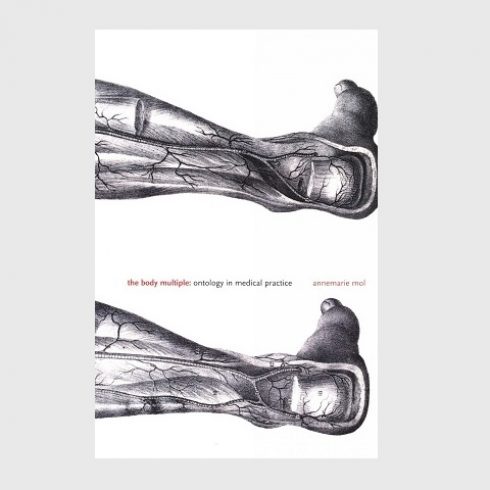The Body Multiple
Ontology in Medical Practice
Annemarie Mol
Duke University Press 2003

Abstract
The Body Multiple is an extraordinary ethnography of an ordinary disease. Drawing on fieldwork in a Dutch university hospital, Annemarie Mol looks at the day-to-day diagnosis and treatment of atherosclerosis. A patient information leaflet might describe atherosclerosis as the gradual obstruction of the arteries, but in hospital practice this one medical condition appears to be many other things. From one moment, place, apparatus, specialty, or treatment, to the next, a slightly different “atherosclerosis” is being discussed, measured, observed, or stripped away. This multiplicity does not imply fragmentation; instead, the disease is made to cohere through a range of tactics including transporting forms and files, making images, holding case conferences, and conducting doctor-patient conversations.The Body Multiple juxtaposes two distinct texts. Alongside Mol’s analysis of her ethnographic material—interviews with doctors and patients and observations of medical examinations, consultations, and operations—runs a parallel text in which she reflects on the relevant literature. Mol draws on medical anthropology, sociology, feminist theory, philosophy, and science and technology studies to reframe such issues as the disease-illness distinction, subject-object relations, boundaries, difference, situatedness, and ontology. In dialogue with one another, Mol’s two texts meditate on the multiplicity of reality-in-practice.
Presenting philosophical reflections on the body and medical practice through vivid storytelling, The Body Multiple will be important to those in medical anthropology, philosophy, and the social study of science, technology, and medicine.
 Share
Share






Commentary
The latest commentary on the use of antimicrobials in society.
Welcome to the AMIS Hub!
The story of ‘How do we get patients to stop demanding antibiotics?' to where we are now.
Submissions to the AMIS Hub
Are you a social scientist who is working in antimicrobial resistance (AMR)?
Anti-biosis? – Social and Cultural Inquiries into Human-Microbe...
Two of us from the AMIS Programme Team (Clare Chandler and Komatra Chuengsatiansup) are acting as associate editors for Palgrave...